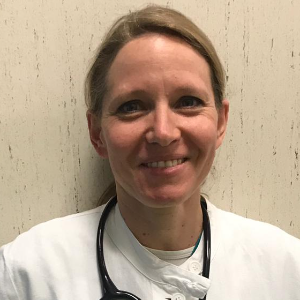Abstract:
Introduction
Since the beginning of 2019, a protocol for videolaryngoscopic intubation has been developed in our department. The key elements of the protocol were:
- A comprehensive explanation for patients .
- A dexmedetomide-based sedation with fentanyl.
- Careful local anaesthesia of the oropharyngeal cavity by means of a flexible Mad device.
- A GAG reflex check.
- A videolaryngoscopic local anesthesia of epiglottis, vocal cords and trachea with the 15 cm mad device.
- A second videolaryngoscopy and intubation plus an assessment of the ETCO2 curve followed by general anesthesia.
- An expert operator on call for active assistance during the procedure until all operators fill confident with the procedure.
After more than two years, the time has come to check how the protocol has been applied, and if further improvements and standardization could be achieved. We therefore want to retrospectively analyze the clinical records of patients awake intubated.
Methods
We retrospectively evaluated 24 patients (from January 2019 to June 2021).
For descriptive purposes, there are five procedural "Times": T0, T1, T2, T3, T4 and T5. T 0 is the start of the dexmedetomidine charge dose and local oral-pharyngeal anesthetic. In T1, the GAG reflex check is performed. In T2 fentanyl or ketamine is delivered. In T3 the local anesthetic is nebulized on vocal cord and trachea, under videolaryngoscopic view. T4 is the tube passage through the vocal cords. T5 is the EtCo2 curve assessment.
Outcome measures
- Awakened VDL success is defined as the ability to identify good or poor glottic vision without breaking sedation or changing the Rass/Ramsay sedation level.
- Awake VDL intubation success: successful tube passage and airway stabilization.
- Number of intubations allocated to videobronchoscopic intubation, after awake VDL.
- The kind of drugs used and dosage.
- Level of sedation obtained.
- Presence/absence of explicit memory of the procedure 2 hours after the end of general anesthesia.
- Presence absence of pain or discomfort during the procedure
- Complications: procedure abandonment, desaturation above 90%, bradycardia above 40.
Result
24 awake videolaryngoscopic intubations were identified from January 2019 since June 2021
Most (23/24) of the surgeries were elective. The Indications for awake intubation were neck or facial anatomical abnormalities or morbid obesity or El Ganzouri Risk Index > six, or risk of aspiration. The mean time from the beginning of the loading dose to intubation was 22 minutes (15-55)
- Awake VDL was successful in 24/24 patients (100%)
- Awake intubation was successfully undertaken in 23/24 patients.
- One patient with C&L 4 was intubated with a video-bronchoscope.
- Drug used: drug administration in T0, T1 T2 and T3 and Time to Intubation: In T0 all the patients begun to receive dexmedetomidine. (Mean, median dosage and d.s. are reported in table 1) In T0 all the patients begun to receive local anesthesia
In T2 all but one patient received fentanyl
In T2 14 of 24 patients received ketamine
In T4 nine patients received a subanesthetic dose of propofol - Level of sedation obtained
Median Ramsay was 3
Median Rass was -1 - Explicit memory was investigated in 12 patients; 4 of them reported intubation memory
- Pain /discomfort was investigated in 10 patients; One of them reported pain during the procedure and three of them a mild discomfort.
- The lowest value of heart rate Systolic and diastolic blood pressure and oxygen saturation is reported in table 4. We found one transitory desaturation below 90% after successful endotracheal tube positioning.
The videolaryngoscopy showed a good glottic visualization (Cormack and Lehane 1 or 2 ) in 23/24 patients and a poor glottic view in 1 patient ( Cormack and Lehane 4).
Conclusion
The awake VDL intubation has become a routine option for the eight-anesthesiologists interviewed. The procedures analyzed were always successful and well tolerated. The time spent for patient preparation (mean 22min) is limited and affordable without alter the daily Operating room program and we hypnotize that it could be improved with further procedure standardization through a written protocol.
There is a variability in the ketamine use, but the procedures were successful also in patients without ketamine. We hypnotize that the use of ketamine could in this setting be avoided to improve patient cooperation. The Rass and Ramsay Scale ability is limited in describing the sedation level in this dynamic setting and we need a new sedation scale for this purpose.




